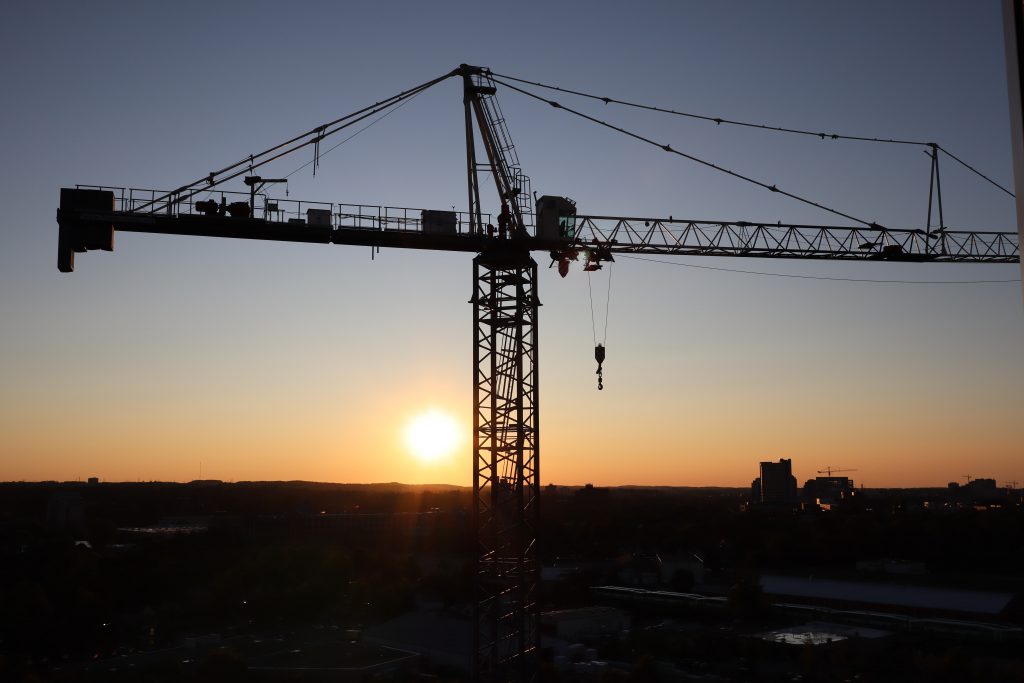
Construction is one of the commanding industries that play a vital role in a country’s economic development. Past decades have seen real estate, industrial, and infrastructure development, due to the construction sector. But this industry is unorganized and face a lot more issues that can be controlled. Rarely are projects completed within the scheduled time and this directly affects the overall cost of the project. How to avoid construction project delays?
Researches have been carried out in past years on the critical factors that are affecting schedule overrun of a construction project. In fact, it has become impossible to permanently resolve this issue. However, we can reduce it to some extent by reducing the delays due to controversial disputes between different parties like owners, contractors, or any third party.
Construction project delays and disputes
The schedule which is planned at the pre-construction phase is prone to changes many times due to many uncertainties that may in turn delay the project. As a result, these delays create major problems for the contractor and owner. In turn, leading to costly disputes, adverse relations, and controversial issues between both project participants. Contractors are likely to blame most of the delays on the owner, while owners generally put it on the contractor or a third-party vendor. Consequently, it is necessary to analyze the program delays and investigate its main causes. Thus helping projects to avoid or minimize its negative impacts on the project and on the project participants.
A survey was conducted to analyze construction schedule delays and the method used is called DAMs (Delay Analysis Methods) in the construction industry. To know more about DAMs, click on the link. From the analysis of data collected from various respondents, it was found out that only 21% of construction professionals are aware of DAMs and applied it in their projects. In most cases, 63% don’t know about DAMs and are still granting an extension of time on the sole direction of engineer-in-charge/client.
Delay Analysis Method
Delay Analysis Methods (DAMs) helps to find out the causes of delays and their net impact on the project schedule. The tool used for delay analysis is known as the Critical path method (CPM) and Bar Chart. The critical path method is a type of project scheduling used across many industries where time is money. Stakeholders in construction can use it to visualize and determine a project schedule and also use it as a referral point for talking about how project schedules are affected when project variables change.
There are numerous potential variables behind delays in a construction project, and they are:
- Plan deferrals
- Outline changes
- Material order schedule and delivery
- Subcontractor delays
- Unfriendly climatic conditions
- Unexpected site condition
- Financial problems
- Action/instructions of owners, consultants, contractors, or by other external factors to the project.
Therefore use these methods to determine the critical responsibility of each party if there is a delay in the project. It also helps to determine whether to grant Extension of Time (EOT) as per the contractual agreement.
Extension of Time (EOT) is possible after analyzing the variables if it is found out that the delay is not due to the contractor’s fault. This helps in avoiding disputes in a construction project due to time delay.
Share your thoughts below in comments.